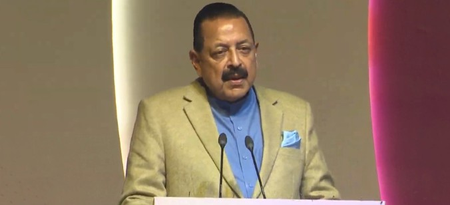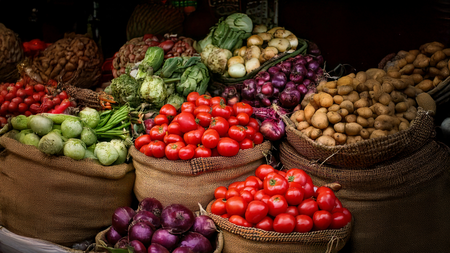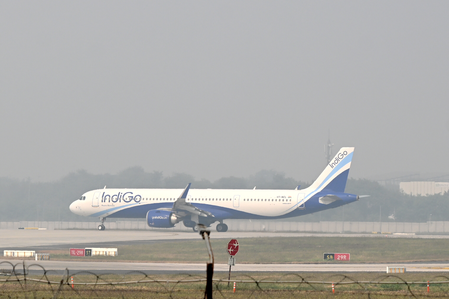
New Delhi, Nov 8 (IANS) The new rules for ‘Sustainable Harnessing of Fisheries in the Exclusive Economic Zone (EEZ)’ will not only facilitate deep-sea fishing but will also contribute to enhancing seafood exports by emphasising value addition, traceability and certification, the government said on Saturday.
The rules give priority to Fishermen Cooperative Societies and Fish Farmer Producer Organisations (FFPOs) for undertaking deep-sea fishing operations and managing technologically advanced vessels.
“The initiative, inspired by Prime Minister Narendra Modi’s commitment to unlocking the untapped potential of India’s marine sector, fulfils the Budget 2025–26 announcement that envisaged an enabling framework for sustainable fisheries from the Indian EEZ and High Seas, with special focus on the Andaman & Nicobar and Lakshadweep Islands,” said Ministry of Fisheries, Animal Husbandry and Dairying.
In island regions of the Andaman & Nicobar Islands and Lakshadweep, which together account for 49 per cent of India’s EEZ area, the use of mother and child vessels will give boost to the export of high-quality fish.
The government will provide comprehensive support to fishers and their cooperatives/FFPOs through training programs, international exposure visits, and capacity-building initiatives across the value chain including processing, value addition, marketing, branding and exports.
Access to easy and affordable credit will be facilitated under flagship schemes such as the Pradhan Mantri Matsya Sampada Yojana (PMMSY) and the Fisheries and Aquaculture Infrastructure Development Fund (FIDF).
The EEZ rules also take a firm stand against harmful fishing practices such as LED light fishing, pair trawling and bull trawling to protect the marine ecosystem and ensure equitable fishing opportunities.
“To conserve biodiversity, a minimum legal size for fish species will also be prescribed and Fisheries Management Plans will be developed in consultation with stakeholders including state governments to restore declining fish stocks,” said the ministry.
Mariculture practices such as sea-cage farming and seaweed cultivation will also be promoted as alternate livelihoods in order to reduce fishing pressure in nearshore areas while increasing production without compromising environmental integrity.
These measures will particularly benefit small-scale fishers and their cooperatives, enabling them to access deep-sea resources, earn higher incomes, and export high-value species like tuna to global markets.
This initiative is expected to open new horizons for the Indian marine fisheries sector through the creation of modern infrastructure and the introduction of the mother-and-child vessel concept, allowing mid-sea transshipment under an effective monitoring mechanism of the Reserve Bank of India (RBI) regulations.
India’s long coastline of over 11,099 kms and vast area of EEZ of more than 23 lakh square kilometres provides livelihood support to more than 50 lakh fishermen community across 13 maritime states and UTs.
—IANS
na/




